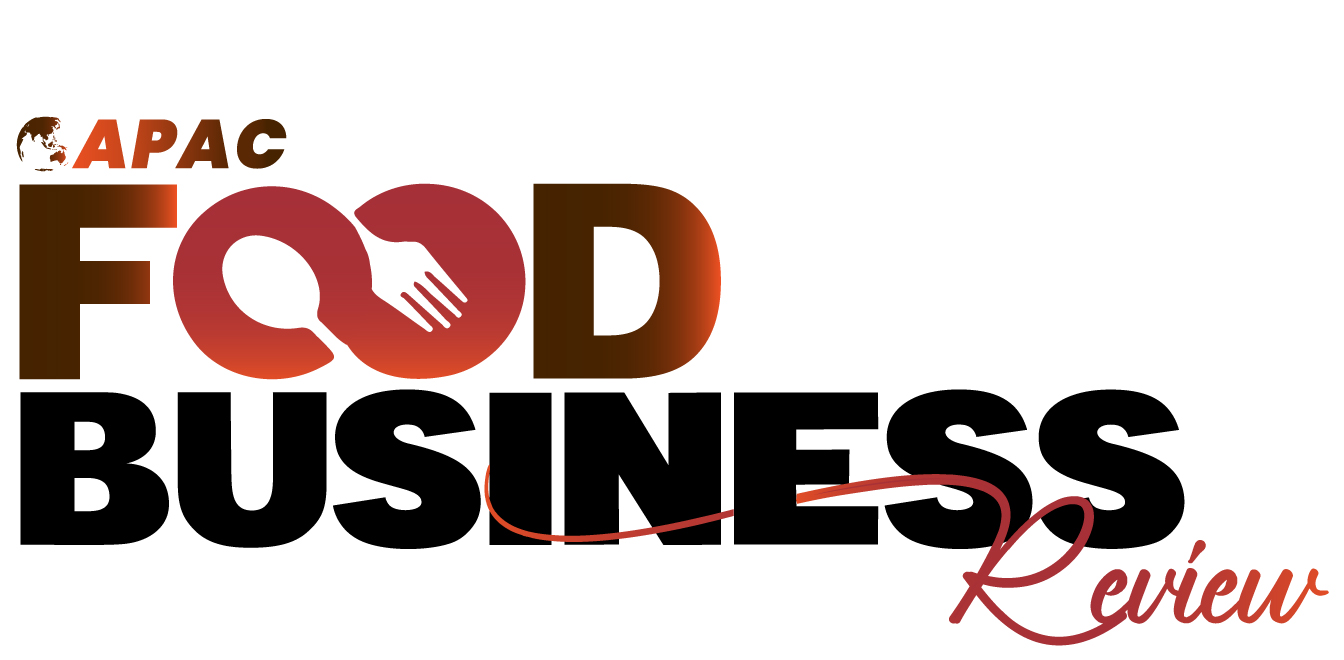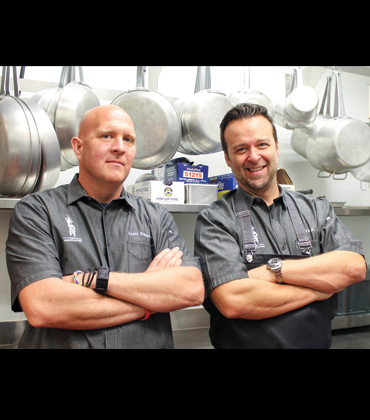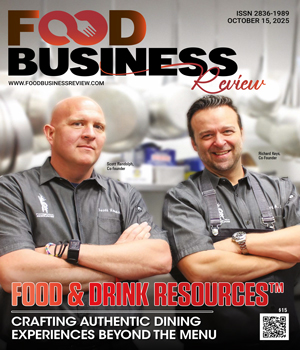Running a restaurant is hard, and many struggle to create the perfect dining experience because of challenges with their menu lineup and operations. Guests expect cleaner ingredients, more transparency, and food that aligns with their values. But behind the scenes, smart menu design must also deliver operational efficiency, as fewer SKUs and optimized labor can mean the difference between merely surviving and truly thriving.
For example, consider a national casual dining chain from America’s heartland. Once renowned for its comfort food and consistency, the restaurant had gradually drifted out of cultural relevance, weighed down by a bloated menu and an outdated food story.
They needed something fresh and exciting to revive their brand, along with a sharper operational focus to improve efficiency.
This is where Food & Drink Resources™ (FDR) shines.
As a culinary-driven agency with deep operational insight, the company uses tools like menu matrices and turf analyses to help brands reduce complexity while creating on-brand food experiences. When the restaurant reached out to FDR, the company partnered with its culinary and R&D teams to reimagine the menu and reenergize the brand.
Our understanding of each brand’s operations doesn’t just enable us to create innovative menu items; we also ensure they are executable, efficient and scalable in real-world cooking environments
After a careful study, FDR identified that one key initiative was to go cleaner. The company removed high-fructose corn syrup not only from dressings and sauces but even from the ketchup on the table. More than a visual sign of change, it was an operational reset. FDR also helped create a “No-No List” of banned ingredients, eliminating food coloring, preservatives, sulfates, and tenderizers.
The result: simpler sourcing, easier preparation, and a more consistent guest experience.
A food-forward repositioning soon evolved into a scalable operational platform. Years later, the brand continues to expand on that foundation, building lasting food trust while keeping operations aligned with evolving standards.
“Our understanding of each brand’s operations doesn’t just enable us to create innovative menu items; we also ensure they are executable, efficient, and scalable in real-world cooking environments,” says Scott Randolph, co-founder. “This is how we turn bold ideas into seamless experiences that delight both kitchens and customers alike.”
The dual focus on culinary creativity and back-of-house execution is tailored to casual and family dining, two of FDR’s legacy categories. Within these segments, the company partners with a wide range of restaurant chains, from 50-unit regional groups like La Madeleine to national giants like IHOP and Applebee’s with more than 1,500 units.
Recently, FDR has also expanded into convenience store consulting, an area that has boomed since COVID. Chains like Casey’s and Circle K are moving beyond roller grills to offer restaurant-quality, made-to-order meals. Supporting this growing space has helped FDR blur the line between convenience and quality dining.
FDR’s support is built on a calendar-based approach that sets clear timelines from the start. Before beginning, the team immerses itself in client restaurants, observing operations and engaging with staff to identify what works, what needs to change, and where the gaps are.
This hands-on method surfaces insights from both the back and front of house. In one project, for example, staff across multiple locations pointed to wings as a missing item— feedback later reinforced by consumer data, creating a clear opportunity to meet guest demand.
Real-time testing happens in FDR’s 12,000-square-foot R&D facility in Centennial, Colorado, which features commercial and home-style kitchens, 20 sensory booths and a focus group room with a two-way mirror. Beyond facilities, the company draws on new chefs, trends, and data, guided by a CMO with in-depth experience at Pepsi and Yum! Brands.
In the end, what matters is what lands on the table. FDR helps restaurant brands deliver that defining food and beverage experience, pairing culinary innovation with operational strength.
Company : Food & Drink Resources™
Headquarters :
. ManagementScott Randolph and Richard Keys, FDR Co-Founders
Thank you for Subscribing to Food Business Review Weekly Brief




